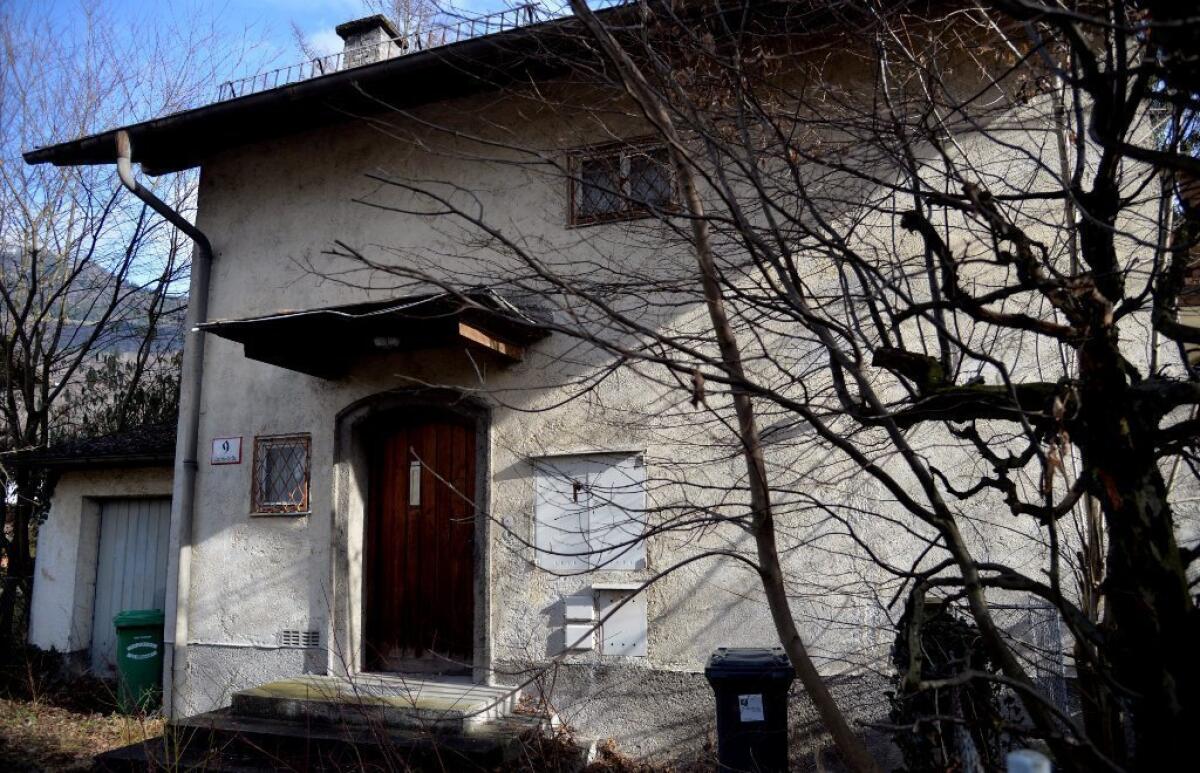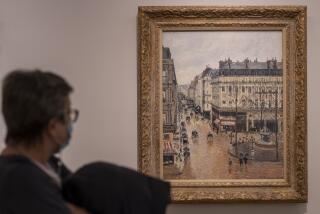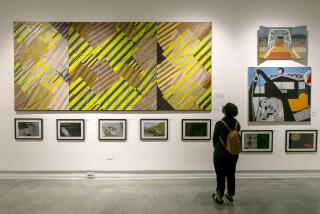Cornelius Gurlitt, owner of suspected Nazi art stash, launches website

The German art dealer whose hidden stash of more than 1,000 works of art is believed to include items seized by the Nazis during World War II has created a website that is intended to tell his side of the story.
Cornelius Gurlitt said on the recently launched site that he wants “to live with my pictures, in peace and tranquility.” He said that he and his lawyers intend the site to correct any misinformation about the investigation concerning the artworks.
“There are no legal grounds that would compel Cornelius Gurlitt to return the so-called looted art,” the website states.
ART: Can you guess the high price?
“The right to seek the return of looted art has long ago expired since the German Civil Code provides a statute of limitations of thirty years after the first instance of theft.”
Gurlitt is the son of Hildebrand Gurlitt, an art dealer who worked with Nazi officials.
In October, it was revealed that German officials had seized more than 1,000 works of art from the Munich apartment of the younger Gurlitt. The works -- which included paintings, drawings and other works on paper -- are believed to have been secretly hidden in the apartment for decades.
Earlier this month, an additional stash of art was revealed at Gurlitt’s residence in Salzburg, Austria.
Officials are currently working on cataloging and authenticating the art -- a task that could take months or even years. It is believed that the works were seized by Nazi officials from Jewish owners or from museums that were forced to give up art that the Nazis deemed as “degenerate.”
PHOTOS: Arts and culture in pictures by The Times
On his website, Gurlitt and his lawyers maintain that he has acted in good faith and that he is “the sole rightful owner” of all 1,280 works seized.
They argue that he was “convinced” that the collection consisted predominantly of “degenerate” art from former German Reich property, and that he “was not aware that his collection also includes a few works that today can be qualified as looted art.”
The site also says that Gurlitt “will gladly review appropriate repurchase offers made by German museums for ‘degenerate’ art.”
German officials have been posting a list of the recovered art on the Lost Art Database, an official German site that lists cultural objects that were seized during World War II and the Holocaust, particularly from Jewish owners.
ALSO:
Lift the veil from the Nazi art cache
Details emerge of masterpieces in Nazi art trove
Hoarder of suspected Nazi-looted art: I won’t ‘give back anything’
MORE
PHOTOS: Hollywood stars on stage
PHOTOS: Arts and culture in pictures
More to Read
The biggest entertainment stories
Get our big stories about Hollywood, film, television, music, arts, culture and more right in your inbox as soon as they publish.
You may occasionally receive promotional content from the Los Angeles Times.







